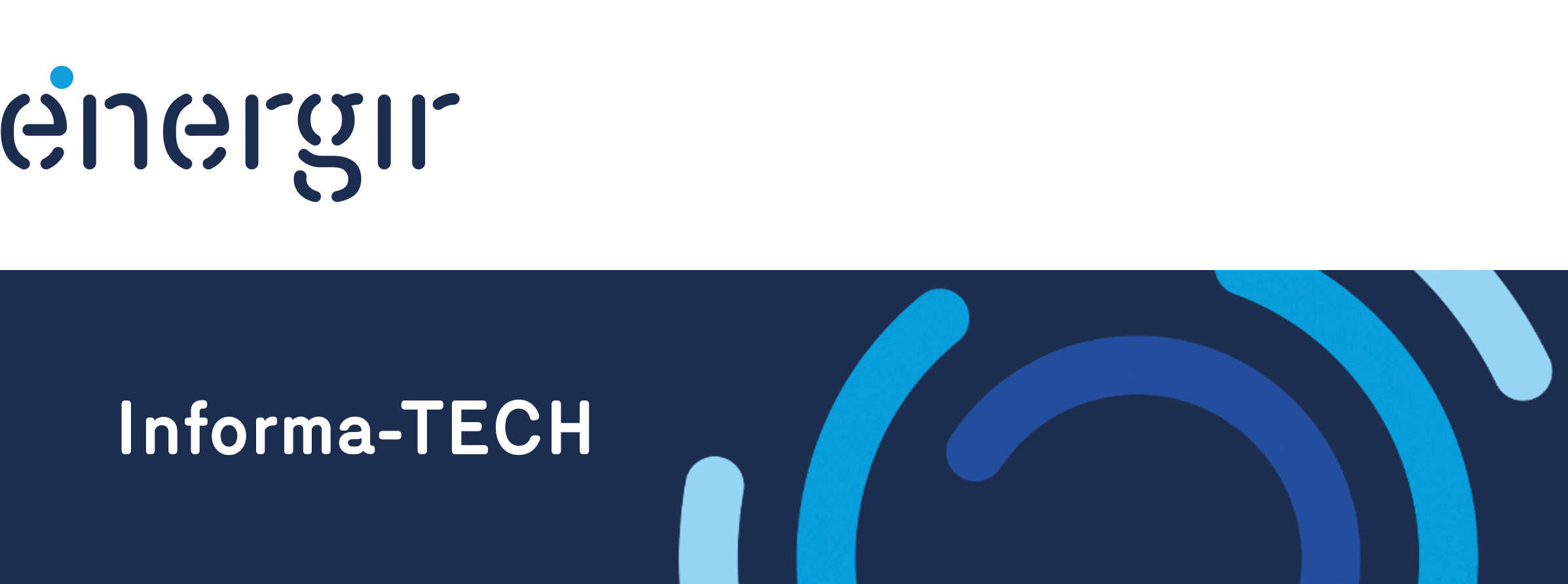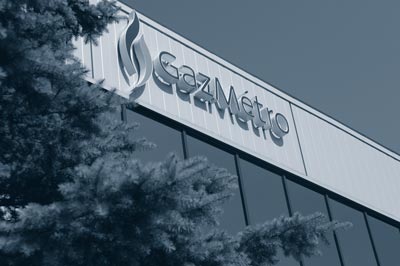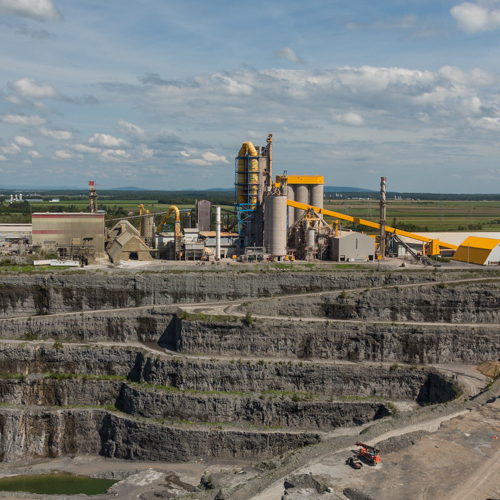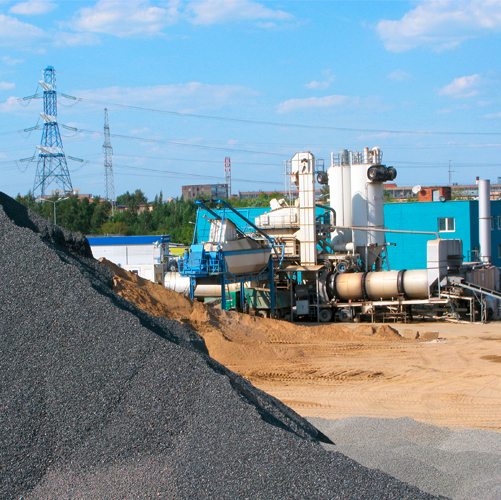The Canada Green Building Council (CaGBC) is a national non-profit organization in existence since 2002. This is the organization that holds the LEED (Leadership in Energy and Environmental Design) licence in Canada. LEED is a design and certification tool that allows improvement of the occupants’ well-being while obtaining a high rating for environmental performance and energy efficiency. This tool encourages the use of proven or innovative practices, standards and technologies. In a sustainable development perspective, what is the place of natural gas inLEED construction?
Let’s start with some definitions
Here are different LEED certifications: NC (new construction), CS (core and shell, without commercial interiors), EB (existing buildings), CI (commercial interiors) and H (homes).
The CaGBC certifies a project based on the total point score obtained after verifications and an independent review of the documentation submitted by the design and construction team. For each of these certifications, there are four levels: Certified, Silver, Gold and Platinum.
The vast majority of LEED certified projects in Canada are new construction for a public or commercial purpose (LEED NC).
The weighting for LEED NC certification
For LEED NC certification, it is possible to obtain a maximum of 70 points, which are distributed over 35 credits. A reference standard, code or guideline allows the credits to be defined in order to achieve the clearly defined objectives. Table 1 summarizes the credits and the points.
Table 1 – Leed NC Rating
| Credits | Categories | Points |
| 8 | Sustainable Sites | 14 |
| 3 | Water Efficiency | 5 |
| 6 | Energy and Atmosphere | 17 |
| 8 | Materials and Resources | 14 |
| 8 | Indoor Environmental Quality | 15 |
| 2 | Innovation and Design Process | 4 |
| LEED Accredited Professional | 1 | |
| Possible Total | 70 |
The role of natural gas in a LEED project
Natural gas is very present in the “Energy and Atmosphere – EA” section. The objectives are to act on the problem of climate change, optimize energy efficiency, encourage alternative and renewable energy sources and support the protocols on ozone layer protection. In this perspective, several credits are required (prerequisites). Thus, Prerequisite 1 (EAp1) is the establishment of a commissioning team. Prerequisite 2 (EAp2) involves the achievement of energy consumption 25% lower than the Model National Energy Code for Buildings (MNECB 97). This compliance must by demonstrated with an energy simulation. Finally, the third prerequisite required (EAp3) is the installation of an HVAC system without CFC (chlorofluorocarbon gas). Of the 17 eligible points, a maximum of 10 are awarded to improvement of the building’s energy performance in Credit 1 (EAc1). It is sufficient to implement viable economic measures. Renewable energy production, purchasing of green electricity or installation of an HVAC system without HCFC (chlorinated and fluorinated hydrocarbon )offer other possible points.
According to the CaGBC and the LEED system, high power hydroelectricity is not a green energy because the modification of a watercourse has an environmental impact. The credit is granted if the measure conforms to Environment Canada’s EcoLogo certification requirements. The “Renewable Energy – EAc2” credit pertains to energy production rather than energy use. For example, solar heating of water or air is not considered to be renewable energy production.
In this context, it becomes possible to obtain the same rating with natural gas as with electricity. Indeed, as illustrated in Table 2, it is fairly simple to improve energy performance just by giving preference to a more efficient gas heating unit.
Table 2 – Effect of selection of the energy source
| Energy | Reference efficiency | Actual efficiency | LEED gain in heat generation | |
| Electricity | 100% (baseboards) | 100% (baseboards) | 0% | |
| Natural gas | 80% | 90% | (90% – 80%)/80%=12% | |
Gaz Métro’s head office project
Since 2000, Gaz Métro has subscribed to ISO 14001 certification to reduce its environmental impact. Gaz Métro has also carried out an ambitious head office renovation project in the spirit of sustainable development and LEED certification. This project sought several objectives:
- Improve the quality of the work environment;
- Control the growth of costs;
- Increase the building’s energy and environmental performance.
The main environmental measures
Reduced water consumption, access to the public transit network and development of bicycle parking allowed the project to obtain points for the “Sustainable Sites” credit. For example, water consumption decreased 20% due to installation of efficient equipment: washbasins, toilets and water meters. To achieve the objectives of the “Materials and Resources” credit, 80% of the construction waste was recycled, generating a $50,000 saving. Moreover, 150 tonnes of residual materials are recovered each year (plastic, metal, paper, batteries, etc.). Finally, the furniture has 20% recycled content.
The work was spread over several months, meeting high indoor air quality standards. All the windows were cleared to take full advantage of natural light. Finally, for the “Innovation and Design Process” credit, all the closed offices have standard removable walls, facilitating redevelopment of space as needed.
The “Energy and Atmosphere” credit and natural gas
The building was constructed in two phases: south side in 1967 and north side in 1984. The total area is 21,300 m2, including 9,300 m2 for offices. The two sections use the same heating and air conditioning sources.
The following heating and air conditioning equipment was located in the boiler room:
- Two steam boilers of 4,000,000 Btu/hr;
- Two absorption chillers: one direct-fired (250 tons) and one steam-fired (350 tons).
Before the major renovations, the building had a 90,000 cfm dual duct ventilation system. A steam heating coil fed the hot duct and an ice water coil fed the cold duct. Distribution to the boxes was obtained by traditional pneumatic controls. There was also a peripheral heating network. Under these conditions, energy consumption exceeded 2.5 GJ/m2/year, which made modifications urgent.
Energy saving measures
To maximize energy efficiency, the following measures were implemented:
-
High-efficiency hot water boilers;
-
500-tonne variable speed centrifugal chiller;
-
Speed variators wherever applicable;
-
Lighting control;
-
Cool air for recovery and generation of ice water for the north building;
-
Peripheral heating in the south building with convectors allowing a greater temperature differential;
-
Air distribution with a sequential DDC control, without load resistance;
-
Heat recovery by a thermal wheel and high modulation auxiliary heating (TEGA) in the north building.
All of these measures combined have allowed an annual 1,000 tonne reduction of greenhouse gas emissions. Before 2006/2007, monthly energy consumption ranged between 3,000 GJ and 5,800 GJ. Today it rates about 1,500 GJ per month (0.85 GJ/m2/year), allowing $103,000 in annual savings.
Marie-Joëlle Lainé, Eng.
Technical Advisor
DATECH Group
Continue reading









